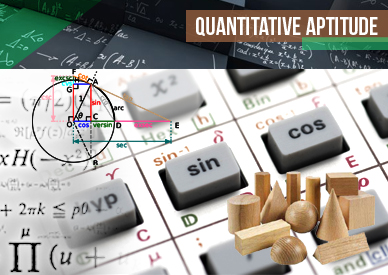Data Interpretation For SBI PO : Set – 32

Data Interpretation For SBI PO : Set – 32
D.1-5) The following table shows the number of new employees added to different categories of employees in a company and also the number of employees from these categories who left the company every year since the foundation of the Company in 1995.

1) What was the total number of Peons working in the Company in the year 1999?
a) 1312
b) 1192
c) 1088
d) 968
e) 908
2) What is the pooled average of the total number of employees of all categories in the year 1997? a) 1325 b) 1285 c) 1265 d) 1235 e) 1195 3) During the period between 1995 and 2000, the total number of operators who left the Company is what percent of the total number of operators who joined the Company? a) 19% b) 21% c) 27% d) 29% e) 32% 4) For which of the following categories the percentage increase in the number of employees working in the company from 1995 to 2000 was the maximum? a) Managers b) Technicians c) Operators d) Accountants e) None of these 5) What is the difference between the total number of technicians added to the company and the total number of Accountants added to the company during the years 1996 to 2000? a) 128 b) 112 c) 96 d) 88 e) 72
D.6-10) Study the table carefully to answer the following questions: Number of Shoe pairs for sale and percentage of Shoe pairs actually sold In 6 different shoe stores over the years. 6) What is the approximate average number of shoe pairs sold by Store S over the year? a) 5145 b) 4324 c) 3985 d) 4260 e) 2498 7) What is the total number of shoe pairs that Store W did not manage to sell in the years 1997 and 1998 together? a) 1860 b) 2542 c) 2190 d) 3759 e) None of these 8) The total number of shoe pairs actually sold by Store R over the years is approximately what per cent of the total number of-shoe pairs for sale in those years? a) 42 b) 35 c) 38 d) 47 e) 52 9) What is the number of shoe pairs sold by Store T in 1999? a) 4248 b) 3526 c) 3215 d) 4501 e) None of these 10) What is the ratio of number of shoe pairs sold by Store U in 2000 to the number of shoe pairs sold by Store W in the same year? a) 111 : 131 b) 2065 : 1441 c) 1447 : 2152Â d) 1013 : 2613 e) None of these


